The Role of Indigenous Products in Cosmetology from Ancient to Modern Times-Juniper Publishers
Authored
by Lakmali Pathiraja KN
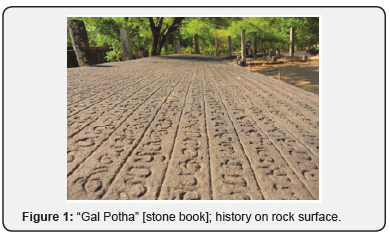
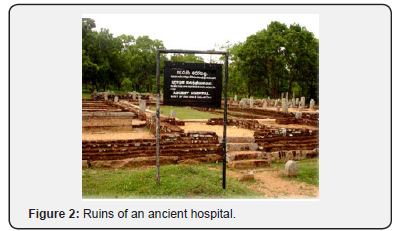
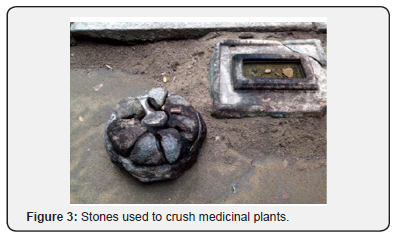
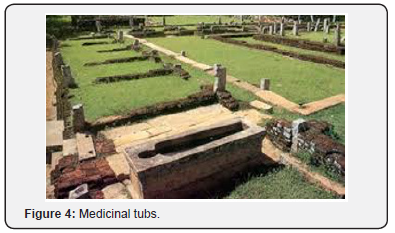
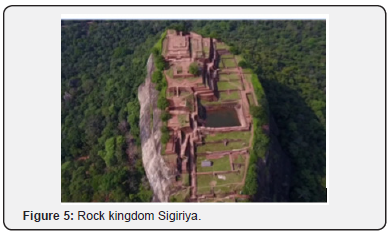
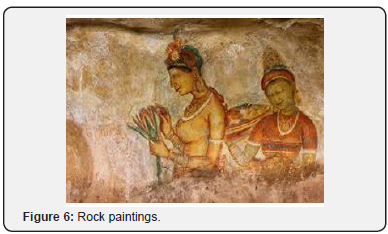
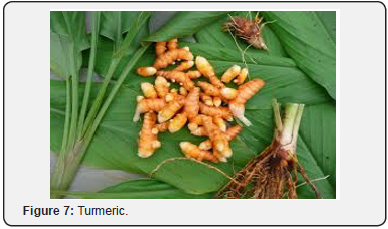
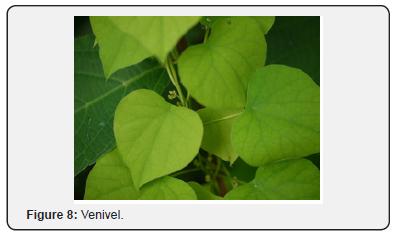

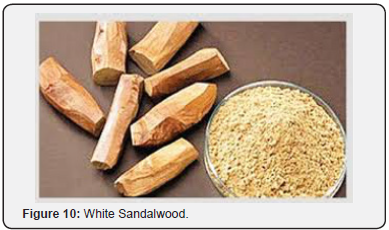
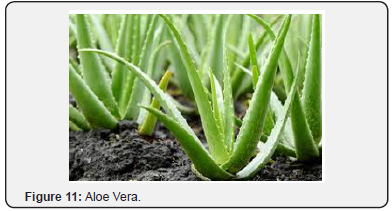

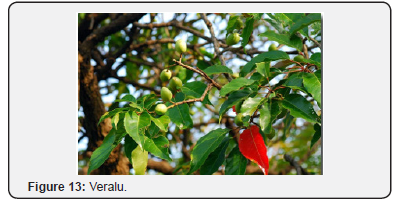
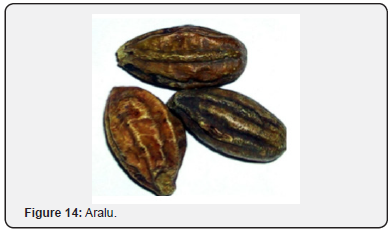
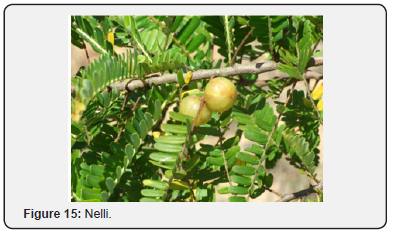
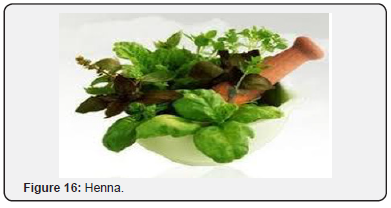
Abstract
People of Indian, Sri Lankan, Pakistanian and
Malaysian origin belongs to the “Dark Asian” Ethnic Skin Type. Although,
a large proportion of subjects belong to this category, literature is
limited except for a few studies that focuses on pigmentation. However,
traditional skin concerns on various ethnic groups will enhance modern
treatment strategies of various skin types.
The Sri Lankan indigenous medicinal system is unique.
Thousands of years of history has made it evident that this system has a
treatment for any illness, including rare dermatological conditions.
There is a rich collection of medicinal plants and herbal products,
which have been used for ages for cutaneous treatment, skin care and
aesthetic purposes [1]. As there is a lack of modern research on skin
care and the treatment of this skin type, secrets of ancient skin will
promote the effectiveness of current skin care and treatments for this
ethnic skin type.
Keywords: Skin; Pigmentation; Cutaneous; Treatment; Sweat glands; Epidermal water loss; Turmeric
Introduction
“Ethnic skin” is the broad term given to skin types
according to genetic links of specific ethnic groups. Furthermore,
various environmental, cultural and social factors related to ethnicity
have a great impact on skin.
There are six major ethnic skin types; White Skin,
Mediterranean Skin, Light Asian Skin, Dark Asian Skin, Africo Caribbean
Skin and Mixed Skin [2]. Asians comprise about half of the world’s
population today, though literature concerning their skin is lacking.
However, during the past few decades, issues regarding the differences
of the structure and function of Asian skin were raised in the industry
of skin care products.
Asian skin is pigmented, has larger sweat glands and
is smooth, and more prone to comedowns. It has a thicker dermis with
large collagen bundles, and shows minimal Signs of aging, but conversely
the epidermis is thinner, and has higher trans epidermal water loss
[TEWL] and weaker barrier function upon chemical or mechanical challenge
[2,3]. Furthermore, they hold higher risk of pigmentary side effects
following procedures carried out on their skin [2]. However, the story
of Asian skin is still is still not fully understood and remains a
mystery due to lack of large-scale studies and overall poor economy of
the countries in Asia.
Interestingly, traditional methods of skin care and
treatment sometimes challenge modern dermatology. In the background of
the lack of current updated knowledge, the secrets of traditional
systems will greatly enhance the effectiveness of treatment of this skin
type.
Sri Lankan indigenous medicine has close affinity to
Ayurveda but has its own unique properties. It has been practiced for
more than 3000 years. Engravings on the rock surfaces have revealed that
there was a well-expanded medical system, which had a cure for almost
every illness [1]. There is fascinating historical evidence to prove
that Sri Lanka was the first country which had a well-functioning
hospital system [4], and their ruins are still in existence in tourist
attractions such as mount Mihintale and Ritigala forest, situated in the
central part of the country (Figure 1-4).




The history also revealed that the physicians were considered
noble people in society and their secret prescriptions have been
passed down from generation to generation within those families
in the form of manuscripts. Strengthened by the influences
of Buddhism, the relationship between native medicine and
royalty continues in the country and even now there are people
coming from these families and there are reports of them curing
untreatable conditions such as terminal malignancies.
Sri Lanka has a rich collection of medicinal plants, including
many endemic species. Although the island is small, it is one of
the biodiversity hotspots in the world. Due to the great climate
ranges within this small country, the collection of plant species
also differs in each part of the country.
Cosmetology seems to be one of most demanding fields from
the ancient times. Queens, princesses and their maids have used
various secret herbal combinations to improve their skin beauty.
In Sigiriya, the rock-based kingdom of King Kassapa, there are
several rock paintings revealing the beauty of royal ladies [5].
Even now, these herbal preparations being frequently used
and more popular than expensive western cosmetic products
(Figure 5,6).


Turmeric [Curcuma longa]
Turmeric contains curcumin, which has anti-inflammatory
and antioxidant properties, which can counteract the aging
process of the skin, hence reduce wrinkles, thickening of the skin
and changes of pigmentation (Figure 7) [6]. Turmeric contains
fatty acids and phytosterols that help to control excessive oil
of the skin. Research has shown that turmeric reduces adverse
effects of UVB exposure by inhibiting matrix metalloproteinase-2
[MMP-2] following UV radiation [7].

Venivel [Coscinium fenestratum]
Venivel (Figure 8) or tree turmeric is commonly incorporated
in skin care preparations. Its inner bark is dark yellow in color
and has cleansing and exfoliative properties. It is a deep cleanser which clear clogged pores and a scrub, which exfoliates dead
skin and removes excess oil [8].

Neem [ Azadirachta indica]
Neem (Figure 9) is also called the “wonder leaf” and has
amazing effects on the skin. Neem has antibacterial, antifungal
anti-inflammatory and properties. The paste is formed by
crushed leaves and is very popular for the treatment of acne [10].
Similarly, it is used for the treatment of skin and scalp infections.

White Sandalwood [Santalum album]
Compared to red sandalwood [Pterocarpus santalinus],
(Figure 10) which has strong antibacterial properties and is
commonly being used to treat skin abscesses, white sandalwood
has a range of uses in cosmetology. White sandalwood paste is a
good base for creams and sandalwood oil is a popular fragrance.
Further, sandalwood paste is a popular remedy for the smoothing
and clearing of skin. This paste with or without turmeric is a
very effective for the treatment of acne as it has antibacterial and
anti-inflammatory properties. It also has cooling and astringent
properties and is used to treat rashes caused by excessive sweat
[10].

Aloe Vera [Aloe barbadensis]
Aloe Vera (Figure 11) is a cactus group plant. Its leaves
secrete a clear gel when broken, which is a popular treatment for
sunburns. Aloe Vera act as an effective moisturizer for dry and
cracked skin. It has vitamins, especially vitamin C and vitamin
E, minerals and antioxidants, hence a good ant aging remedy.
Furthermore, Aloe improves collagen and reduces the visibility
of stretch marks [11].

Kalanduru [Cyperus rotundus]
Young plants of Kalanduru or “Nutgrass” forms a rhizome
(Figure 12) which grows upwards in the soil and form a bulb-like
structure. The paste formed by crushing Kalanduru yam, mixed
with bee honey is an effective treatment for the removal of black
heads [12].

Veralu [Elaeocarpus serratus]
Vearlu (Figure 13) or “Ceylon olive” is a tropical fruit.
Smashed Veralu leaves rubbed on scalp before bath is effective
removing dandruff and to promotes hair growth.

Aralu [Terminalia chebula] and Nelli [Phyllanthus emblica]
Both Aralu seeds (Figure 14) and Nelli (Figure 15) fruits
contains tannin which can interact with proteins and is known
to reduce premature hair graying [13] and excessive hair loss
and to improves the thickness of hair by nourishing the scalp.
The juice of the Nelli fruit is mixed with lime and can be used as
an instant shampoo.


Henna [Lowsonia inermis]
Henna (Figure 16) is a natural dye for coloring of hair and
temporary body tattooing. It is used as a fashion colour and for
the colouring of gray hair. People are keen to achieve a range of
colours can be developed by adding natural pigments such as
black tea, coffee, clove or beetroot juice [14].

These herbs have been used perennially for centuries in Sri
Lanka for the treatment of a wide range of skin conditions and
occupy a central role in the system of indigenous medicine and
cosmetology. Furthermore, they are used to prepare cosmetic
products in Sri Lankan market and some of these products are
of export standards.
For more
details JOJ Dermatology & Cosmetics
(JOJDC) please
click on: https://juniperpublishers.com/jojdc/classification.php
To read more…Full Text
in Juniper Publishers click on https://juniperpublishers.com/jojdc/JOJDC.MS.ID.555558.php
Comments
Post a Comment